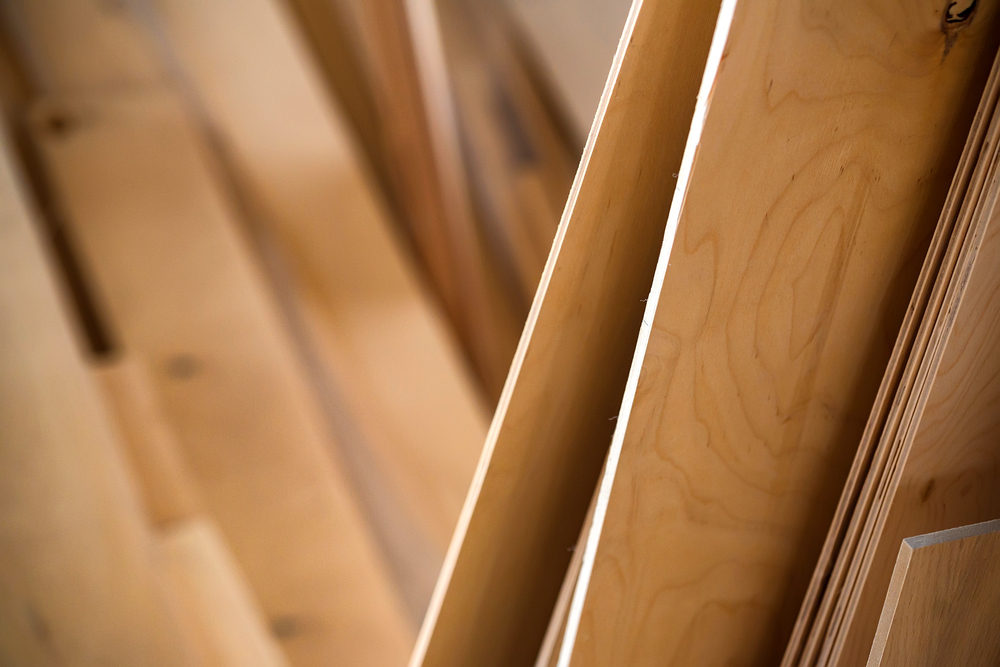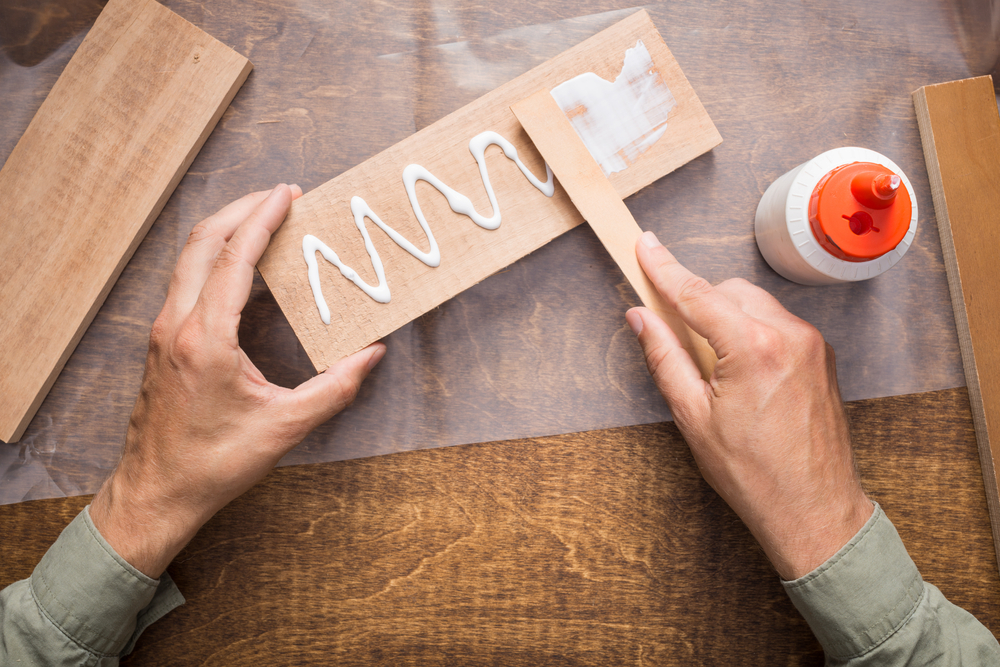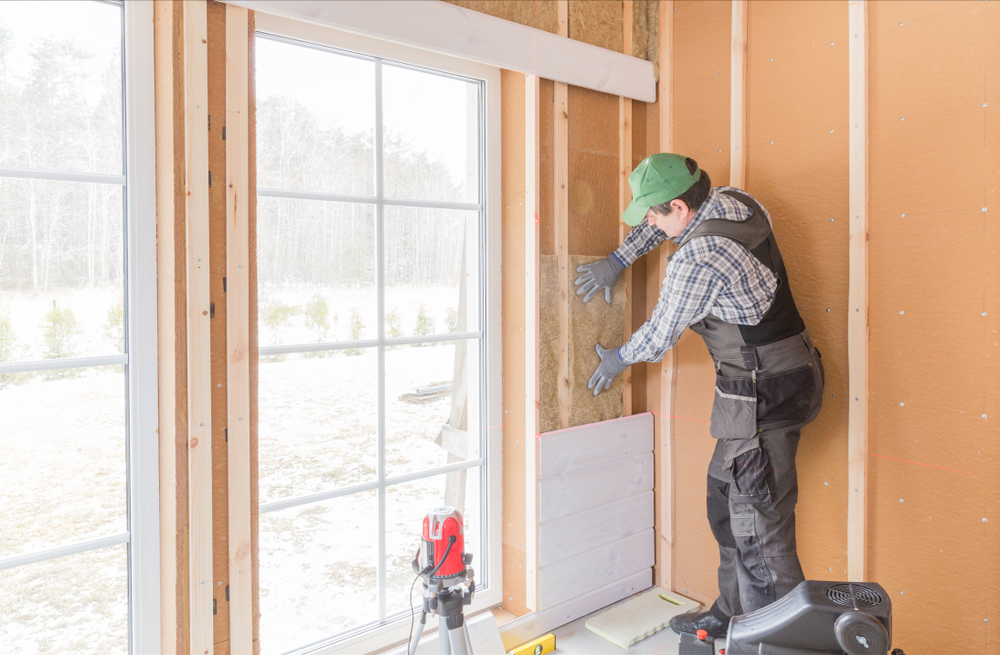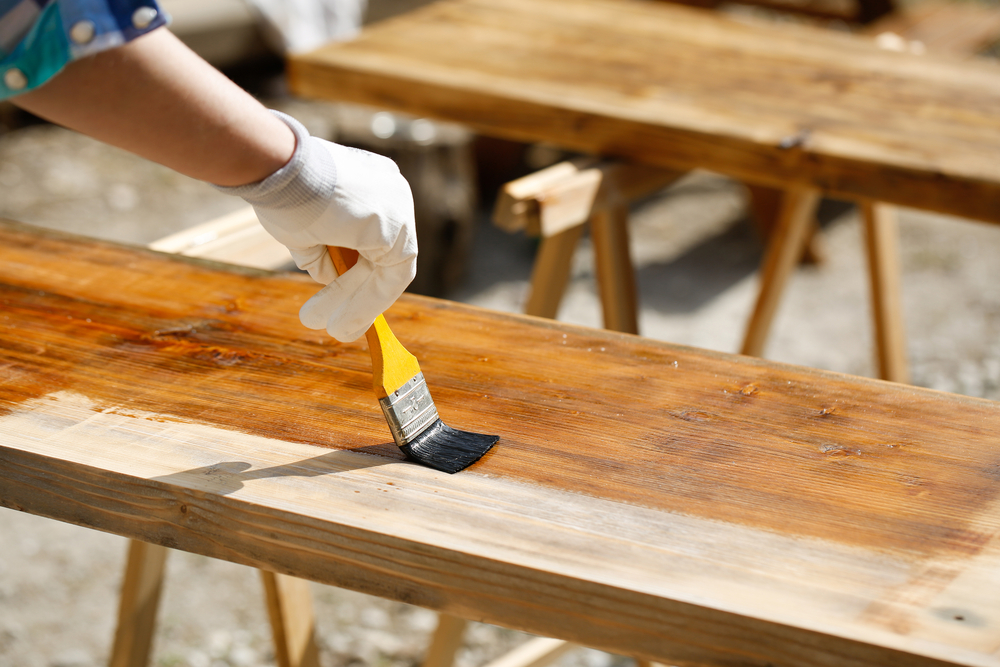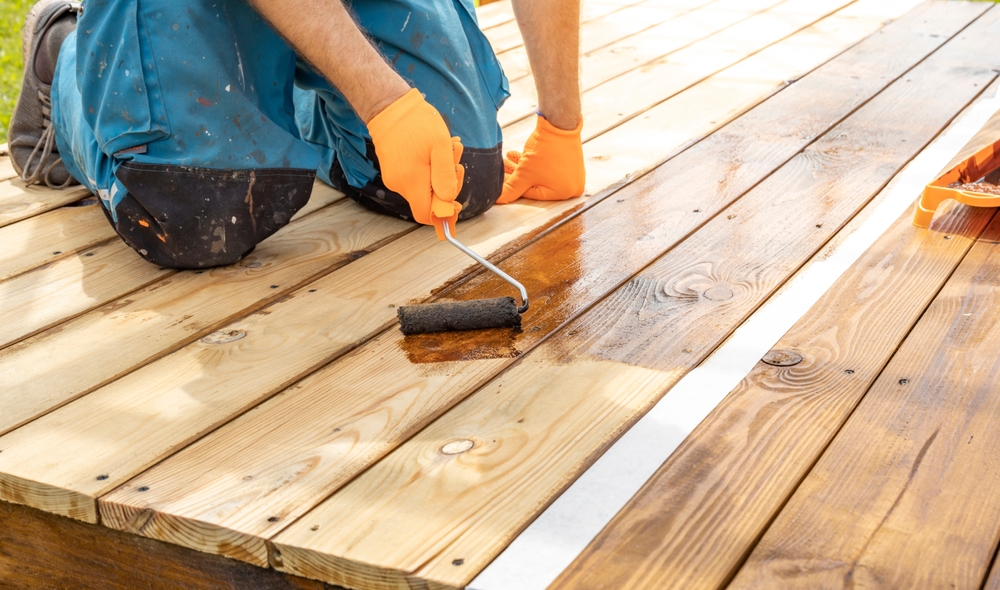Building with Columns
Building with Columns
Columns have been integral to architecture for centuries. They provide both structural support and aesthetic value. This guide delves into their history, types, materials, and modern applications.
Historical Overview
The use of columns dates back to ancient civilizations. The ancient Egyptians, Greeks, and Romans all employed columns in their temples and public buildings.
- Egyptians: Used columns primarily in temples. Often adorned with intricate carvings and hieroglyphs.
- Greeks: Introduced the three classical orders: Doric, Ionic, and Corinthian. Each had distinct characteristics.
- Romans: Built upon Greek designs. Innovated with composite columns, mixing different styles.
Types of Columns
Columns come in various styles and designs. They serve multiple purposes beyond just structural support. Here are the main types:
Doric Columns
Doric columns are the simplest. They have a plain capital and a fluted shaft. These columns are sturdy and formal, often seen in ancient Greek temples.
Ionic Columns
Ionic columns are more slender and decorative. They have a scroll-like design (volute) in their capitals. Used extensively in Greek and Roman architecture.
Corinthian Columns
Corinthian columns are the most ornate. They feature elaborate capitals decorated with acanthus leaves. Highly favored by the Romans.
Composite Columns
Composite columns combine elements from the Ionic and Corinthian orders. They have volutes and acanthus leaves, creating a sophisticated look.
Tuscan Columns
Tuscan columns are simpler than Doric. They have smooth shafts and plain capitals and bases. Common in Roman architecture, particularly in domestic buildings.
Materials Used
Throughout history, various materials have been used to build columns. The choice of material often depended on availability and the desired aesthetic effect.
Stone
Stone is the traditional material. Granite, limestone, and marble are popular choices due to their strength and durability.
Wood
Wooden columns are less common in ancient architecture but prevalent in some traditions. Often seen in Japanese and Chinese architecture.
Brick
Brick columns are more utilitarian. They are used in less prominent structures. However, they offer substantial support.
Concrete
Modern architecture often uses concrete columns. They provide great strength and flexibility in design. Ideal for skyscrapers and other large structures.
Steel
Steel columns are crucial in modern construction. They allow for taller and more ambitious designs. Strong yet lightweight, they revolutionized the building industry.
Modern Applications
Columns remain vital in contemporary architecture. They play an essential role in both residential and commercial buildings.
Residential Use
Columns add elegance and support to homes. Porch columns are a common feature in many house designs. Inside homes, columns can create open spaces and divide areas without walls.
Commercial Use
In commercial buildings, columns provide the necessary support for wide-open spaces. Shopping malls and office buildings utilize columns to create vast, uninterrupted areas.
Architectural Aesthetics
Beyond support, columns enrich the aesthetic appeal. Architects use them to convey styles, from classical to modern. Columns can also feature lighting fixtures, adding functionality to beauty.
Examples of Iconic Structures
Several famous buildings feature iconic column designs.
- The Parthenon: Located in Athens, features Doric columns.
- The Pantheon: In Rome, showcases Corinthian columns.
- Lincoln Memorial: In Washington, D.C., uses Doric columns.
- Palace of Fine Arts: In San Francisco, features composite columns.
Construction Techniques
Building with columns involves specific techniques. Understanding these methods can enhance the structural integrity and aesthetic value of a project.
Column Placement
Placement is crucial. Columns need strategic positioning to evenly distribute weight. Ensuring the correct distances between columns can prevent structural failures.
Foundation
Columns require a strong foundation. Typically, deep footings or piles are used. This base provides stability and support.
Reinforcement
In modern construction, columns often have steel reinforcements. This technique, known as rebar, enhances strength and flexibility.
Modular Construction
Pre-fabricated columns are increasingly popular. They allow for quicker, more efficient building. Factories produce these columns to precise specifications.
Load-Bearing Calculations
Engineers use complex calculations to determine load-bearing capacities. Ensuring columns can support intended weights is critical for safety.
Maintenance and Preservation
Columns, like any architectural element, require maintenance. Proper care ensures longevity and preserves their beauty.
Cleaning
Regular cleaning can prevent grime and pollution build-up. Different materials require specific cleaning methods. For example, stone columns may need gentle washing, while metal columns might require polishing.
Inspection
Frequent inspections help detect early signs of wear or damage. Cracks, rust, and other issues should be addressed promptly.
Restoration
Historical columns may need restoration. This process involves repairing or replacing damaged sections. Restoring columns can bring back their original splendor.
Protective Coatings
Applying protective coatings can shield columns from the elements. Weatherproofing is crucial for outdoor columns. Interior columns may benefit from sealants to prevent staining.
Future Trends
The use of columns continues to evolve. Modern technologies and materials are influencing new trends in column design and construction.
Sustainability
There is a growing focus on sustainable materials. Recycled materials and eco-friendly practices are becoming more prevalent in column construction.
Smart Columns
Integration of technology is a rising trend. Smart columns can feature sensors for structural health monitoring. These columns can alert maintenance crews to potential issues.
Innovative Designs
Architects are experimenting with innovative column designs. Non-traditional materials like carbon fiber are being explored. Such materials offer lightweight yet strong alternatives.
3D Printing
3D printing technology is making waves. Columns can be printed with precision, reducing waste and labor costs. This method also allows for intricate and custom designs.
DIY Columns for Home Projects
Creating columns for home projects can be a rewarding DIY task. With the right materials and tools, you can add a column to your home.
Tools and Materials Needed
- Cement or wood (depending on desired material)
- Measuring tape
- Level
- Concrete mixer (if using cement)
- Saw (if using wood)
Steps to Build a Simple Column
- Determine the height and diameter of your column.
- Prepare the foundation. Dig a hole and fill it with cement for a solid base.
- Create a mold for the column if using concrete.
- Mix and pour the concrete into the mold. Ensure it is level and let it cure.
- If using wood, cut the pieces to size and assemble them using screws or nails.
- Finish the column with paint or a protective sealant.

